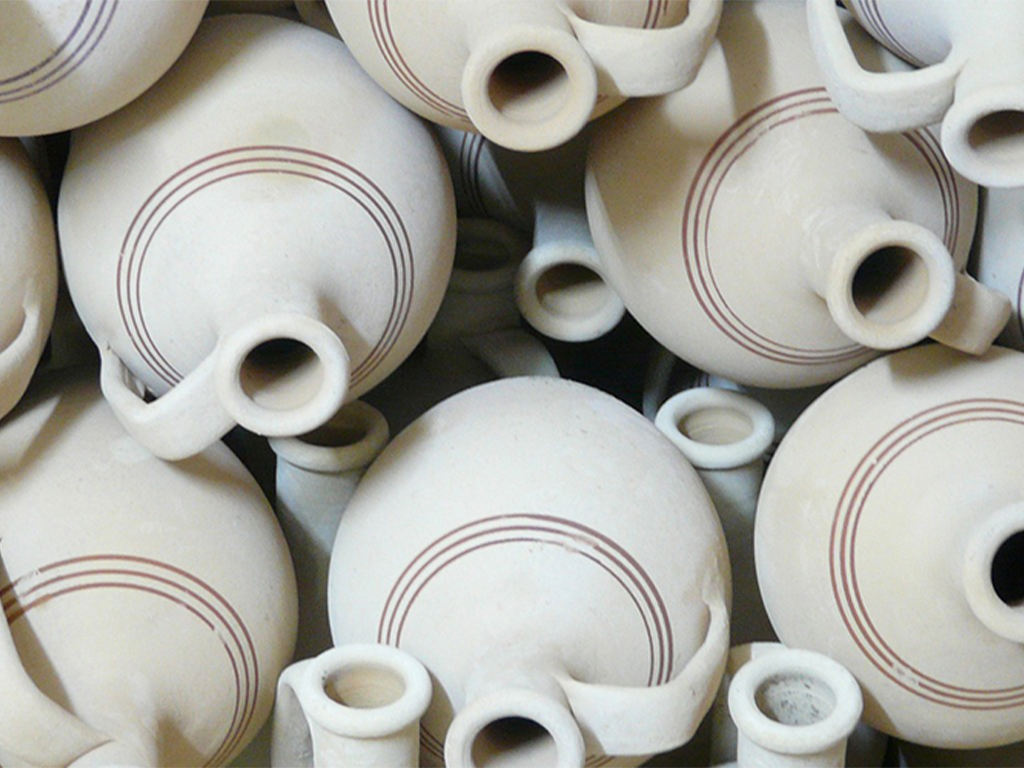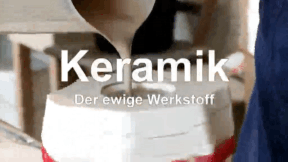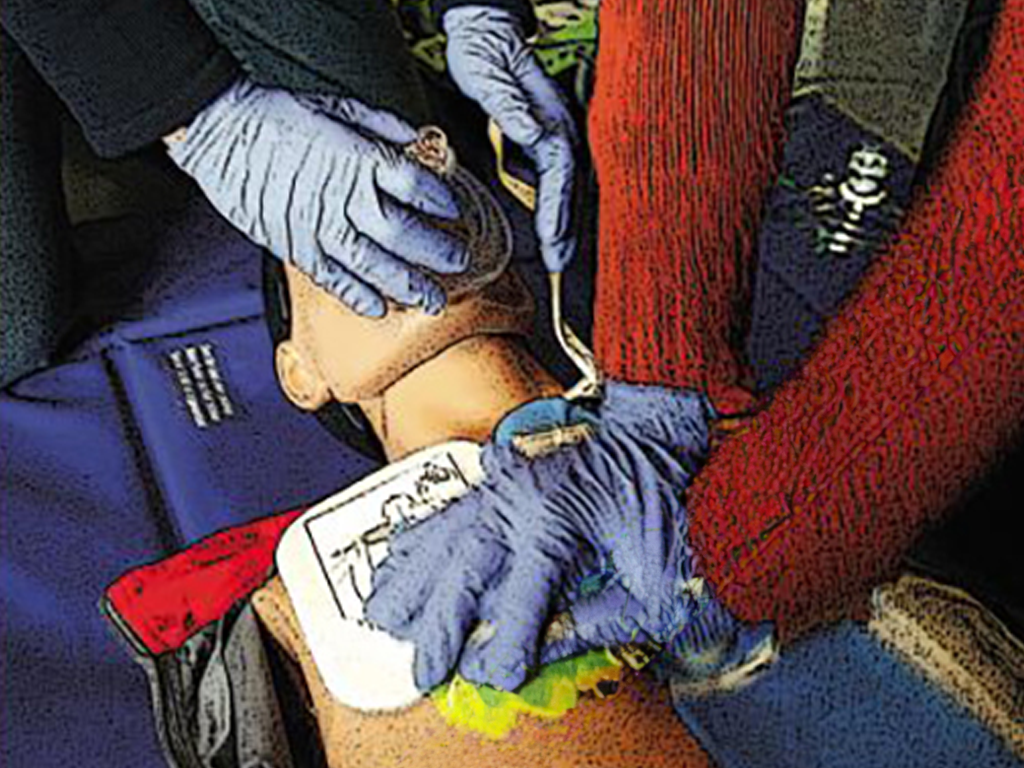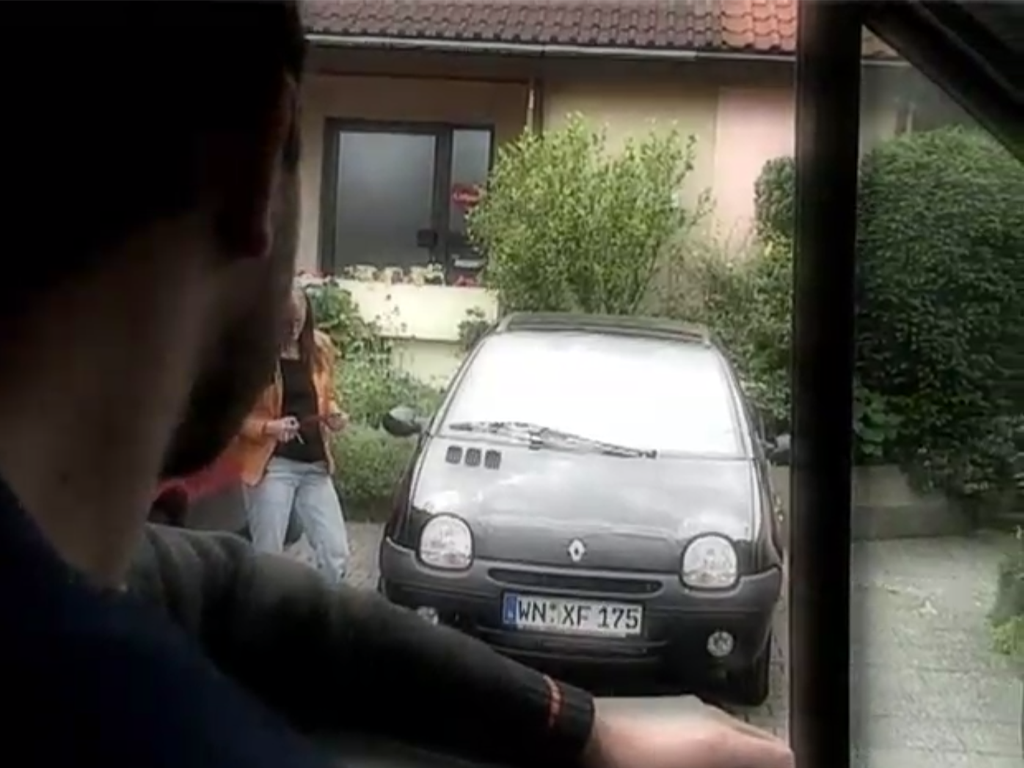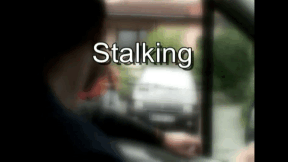 Geography
Geography
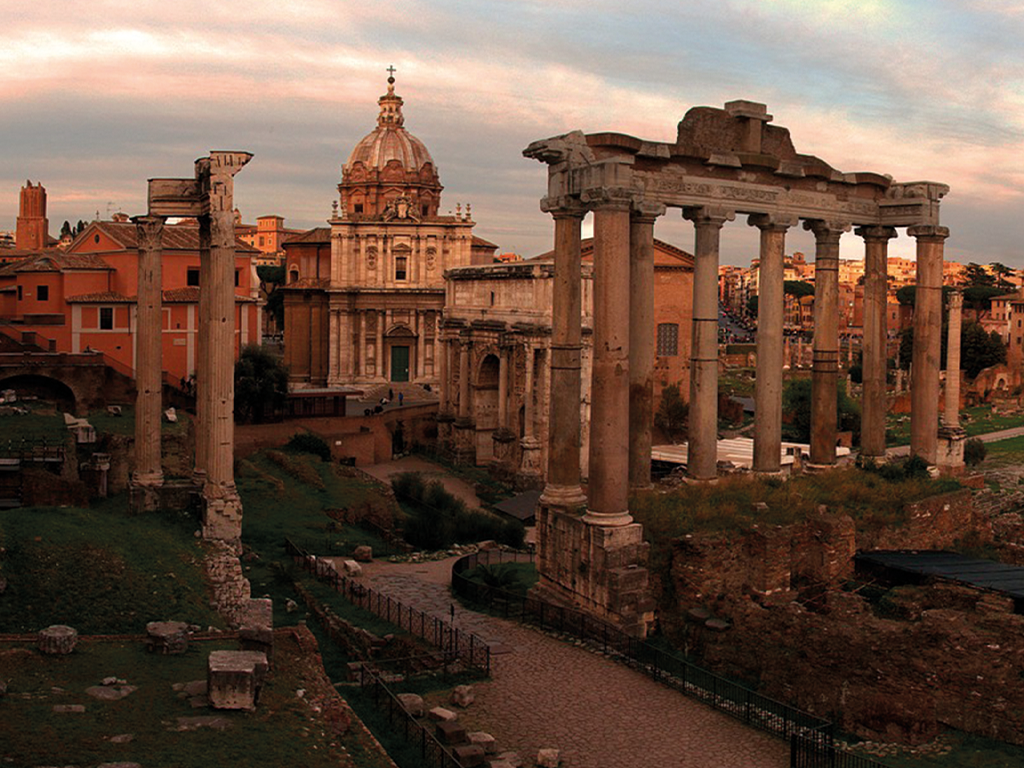
4677117 / 5564406
Rome
Capital of Italy
On the Tiber, in the centre of Italy, there lies the Italian capital of Rome. The “Eternal City” as it was called by the poet Tibullus more than 2,000 years ago, is located on a plain between the foothills of the Apennine and the Tyrrhenian Sea. Rome is a multifarious city with a history that dates back thousands of years. It was the core of the huge Roman Empire, the heart of Catholic Christianity and is the capital of Italy today. Even today, the Pope still has his pontifical residence in the Vatican City State, the smallest state in the world. Over its long history, Rome has experienced eras of growth, prosperity and decline and is shaken by crises again today. But there is one thing Rome has not lost – its very special magic. The DVD is also in italian language and could therefore excellentely be used in italian lessons.
Play trailer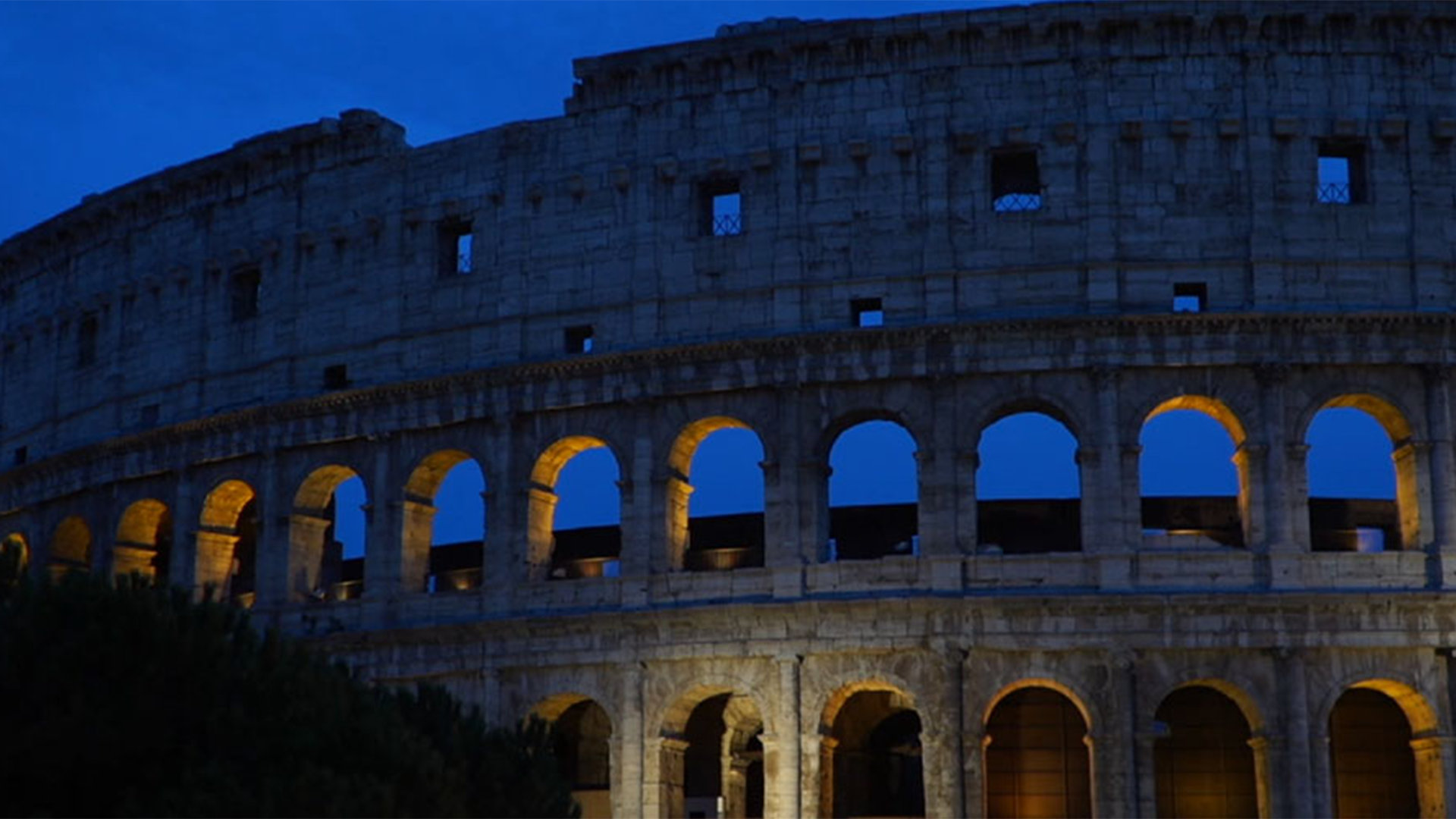
Curriculum-centred and oriented towards educational standards
Matching
Ceramic
Ceramics are indispensable in our everyday lives. We eat from ceramic plates, drink from ceramic cups, use tiled ceramic bathrooms. But how is ceramic manufactured? The film reveals the secrets of this fascinating material! We get to know more about the beginnings of ceramic in the Old World of Egypt and Mesopotamia, about Greece, China and Rome. We gain interesting insights into the valuable earthenware and are also shown the exquisite further development of the "white gold". Today this versatile material is irreplaceable in industry, too. Whether in space or as an easily compatible substitute in medicine, ceramic is applied in many places.
Resuscitation
It can happen to anyone – of any age, in any place, at any time. Sudden cardiac arrest may quickly prove fatal. Immediate action is called for! Just remember: Check Call Press Anyone can do it. You can't do anything wrong!




